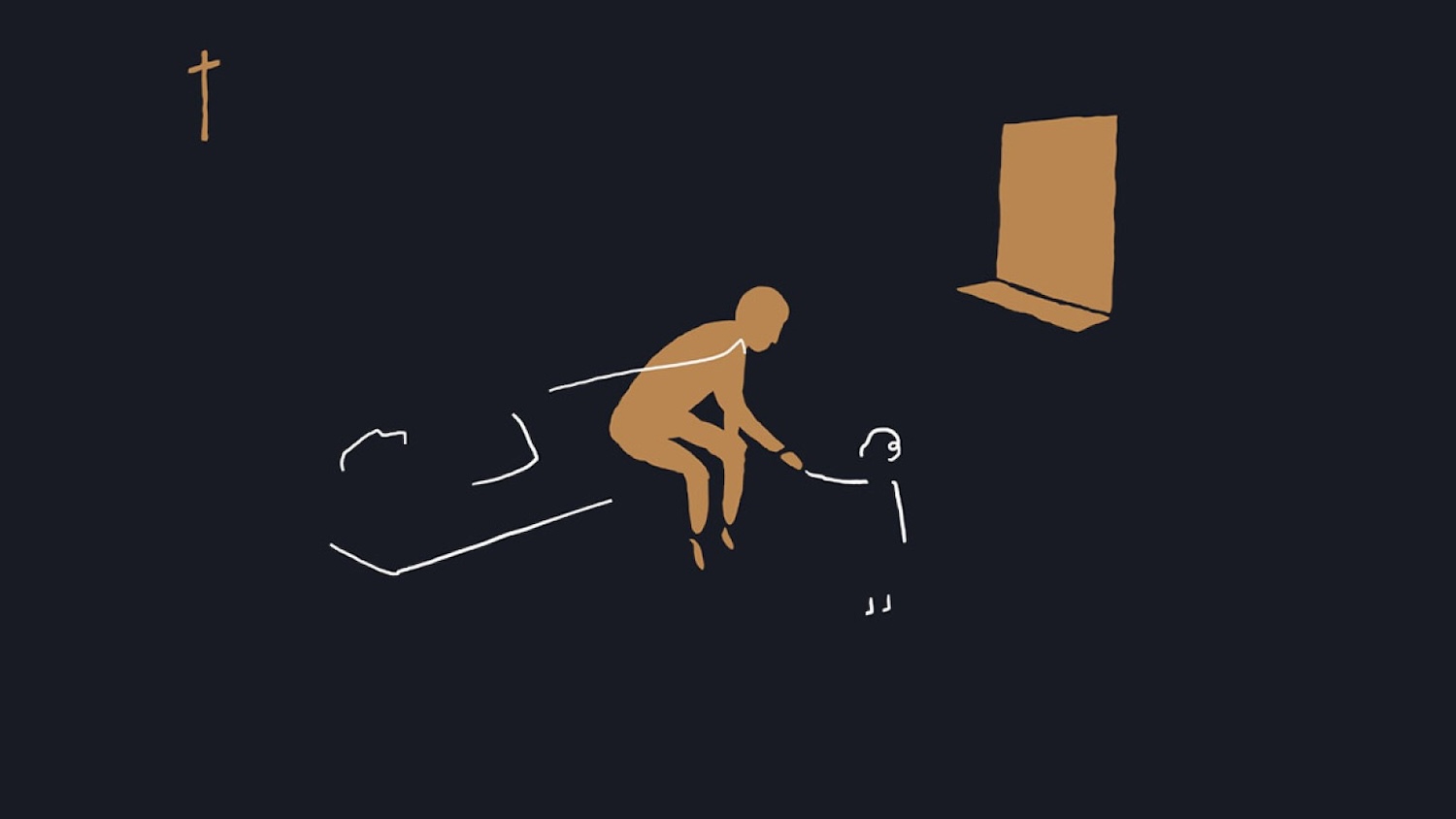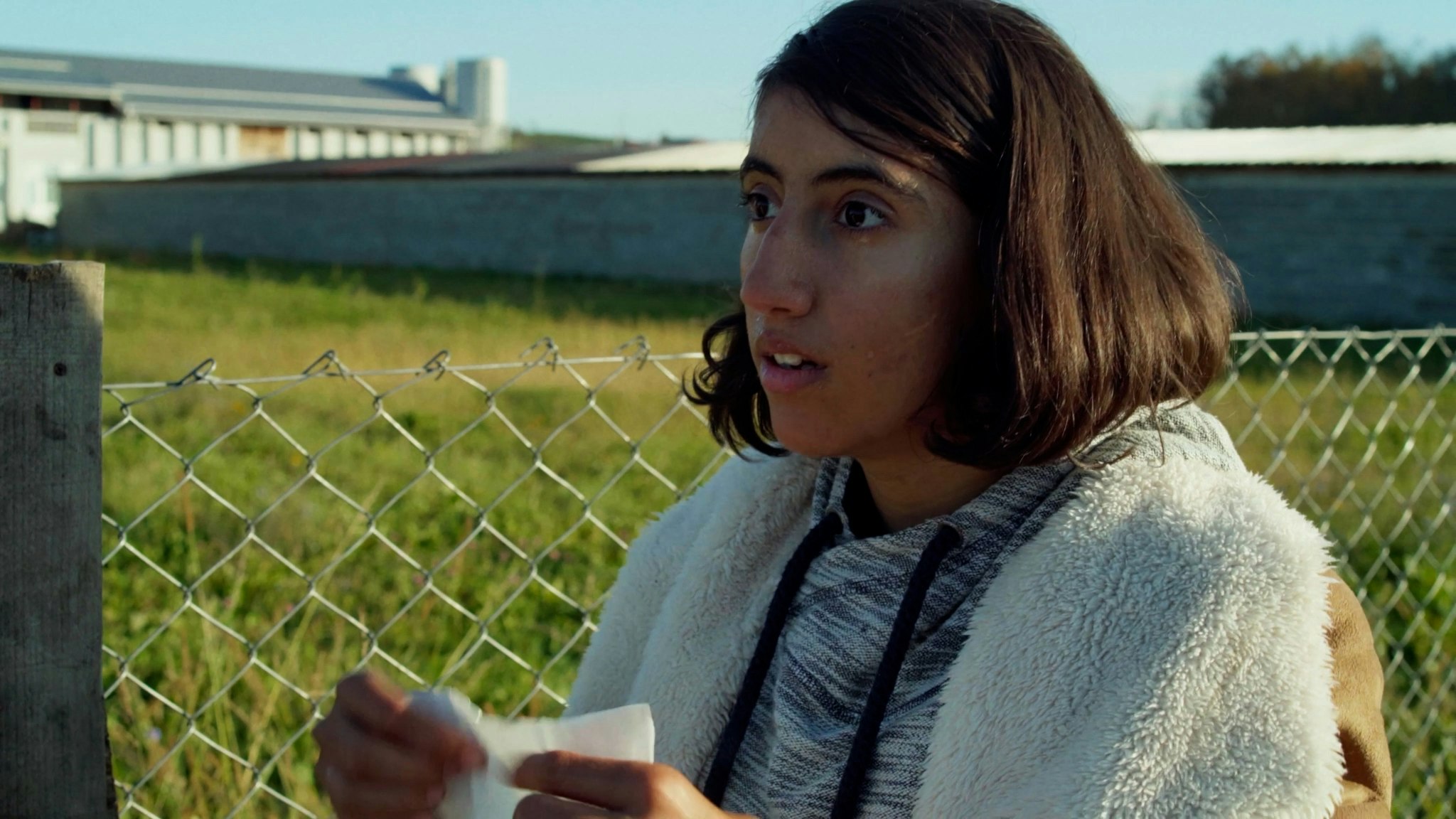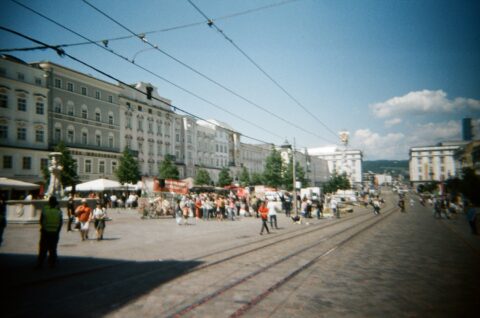It’s Workers’ Day. The shops are closed, the restaurants are full and there are demonstrations in the Hauptplatz, home to the Dreifaltigkeitssäule.1Trinity Column, built to commemorate Linz’s relative success in combating the last Great Plague between 1708 and 1714, which I have been assured is the most iconic landmark in the city. The usual political suspects are there. Die Linke (The Left). The SPÖ (The Social Democrats). The Communists…???
The last one took me a little bit by surprise. It always surprises me when there are young people out there who are willing to wave the flag of such a poisonous and destructive ideology. But the overall picture in Austria is more nuanced. In a biergarten overlooking the Danube, I start talking to some locals. When I mention the communists, one of them says that they were elected in Graz and, apparently, they’re actually doing quite a good job. So, there’s that.

Trucking Hell
Perhaps literal communism is rearing its head in Europe once again because the situation for ordinary working people is so bad all across the continent. Perhaps in France, where Documentary Competition entry The Multiple Lives of Andres (Baptiste Janon, Rémi Pons, 2025) is set, a more equal distribution of wealth, stronger unions and a better social state — weirdly also the economic policies of Marine Le Pen, alongside her vile, inexcusable racism — is exactly what the film’s protagonists need.
Janon and Pons’ film is rather simple at heart — looking at the difficult, nonstop work truck drivers face as they race up and down the nation — so this hybrid work (which, fittingly, premiered at Visions du Réel), freely adapts B. Traven’s 1931 novel La Caretta (The Wagon) as a kind of arthouse scaffolding. The original work was about a cart driver named Andres who was forced to constantly travel in a form of indentured servitude, which finds its modern-day example in underpaid truck drivers — all of whom in the film are referred to as Andres.
Trucks give off a hypnotic feel. There’s a reason why Euro Truck Simulator 2 (of which I have racked up over 100 hours), is such a popular game. But despite some gorgeous early morning shots and a conscious boxy frame, Multiple Lives mostly de-aestheticises the work, getting us up close and personal with the insane demands that come from upper management, culminating in a blistering meltdown as one worker strikes back against the system. With trucks, the lifeblood of European society, taking up 75% of all freight traffic, it only makes sense that these essential workers are given the due they deserve.

Local Artists
With the Central Kino, I have now completed all three Crossing Europe venues. Located in an innenhof off the main street, Central Kino is another no-nonsense operation, with the main screen more of a university auditorium than a cinema proper. This kino laid host to the first instalment of Local Artists, a programme dedicated entirely to a wide variety of long and short works from Upper Austria.
Entitled “The Reality Amid the Dream,” this 71-minute assortment of works was the very definition of mixed bag, spanning hand-drawn animation, music videos, stop-motion, experimental film and, unfortunately, near the end, AI cinema. It started heavy with the mental health exploration and live-action animation hybrid The Noonauts (Lorenz Tröbinger, 2025), the heartbreaking animated documentary Lina (Remo Rauscher, 2025, above), which paired testimonies of parents losing their children in birth with minimalist, yet highly effective drawings and Melanie Ludwig’s retelling of her grandparent’s trip to Spain in Between The Lines (2024), which used its premise to explore the Spanish Civil War and the surprising relationship between Austria and Catalonia. Out of these three, Lina was certainly the best, but it also helped that it had English subtitles, meaning that while I can appreciate the technical skill of both Tröbinger and Ludwig’s work, I’ll keep my full critical appraisal at bay.
Things took a more lively turn with the OK GO-esque music video “In a Hospital in Macedonia” by Djaro & die anonymen Melancholike (Martha Stützle, Merlin Großmann, 2024), as well as the endlessly inventive stop-motion animation Breakfast for One (Tara Luger, Leah Freitag, Kaan Okcu, Olivia Gradnitzer, Michael Kubista, 2024). But these films were easily trumped by the simplicity and heartwarming nature of Veronika Wielach’s Yarn Over (2024), produced at Kingston University, no less. Telling the story of a widower who joins an all-women knitting club, it sits very much at home with the Aardman aesthetic while packing a surprisingly emotional punch.
Two artist interpretations followed. First, the extremely trippy and entertaining, if a tad long, Stampfer Dreams (Thomas Renolder, 2024), which really went to town when exploring his invention of the stroboscopic disc. As for Brosch AI – Distorted Dreams (Juergen Hagler, Victoria Wolfsberger, Celine Pham, Jolanda Abasolo, 2024), using AI to “bring Brosch paintings to life” (my quotation), I have very few positive things to say. This kind of filmmaking is worse than the communists.
Finally, things were capped off with the madcap music video “Ich Steh Im Bett — Fritzi Ernst” (I stay in bed, Gloria Gammer, 2024). I didn’t really care for the video itself, but the tune is a bop.

The Echoes of War
Most of the films presented at Local Artists were supported one way or another by universities, most prominently in Vienna. Feature competition documentary Echoes from Borderland (Lara Milena Brose, 2024) follows a similar trajectory, as it was produced by the University of Television and Film in Munich. Its the kind of modest, politically-minded documentary that the university likes to make, joining 2023’s trans sports documentary Life Is Not a Competition, But I’m Winning (Julia Fuhr Mann) as yet more proof that the Bavarian capital is a great place for any budding documentarian looking to get a debut feature off the ground.
The film concerns the travails of 15-year-old refugee Nahid, who lives in limbo on the border between Bosnia (not EU) and Croatia (the EU). She is a remarkably eloquent young girl, reciting long and poetic voice notes to family back home. She can also speak English pretty well, sparking up friendships with the local Bosnians. At least as the film tells it, the people of Bosnia, having suffered through a horrendous war in the 90s, have a kinship with the passing Afghans; their presence forcing them to focus on their own country’s relationship with the West.
Brose’s work makes a great double bill with the fiction work Dwelling Among the Gods (Vuk Ršumović, 2024), which displayed solidarity between internally displaced Serbian refugees and new Afghan arrivals, as well as the Berlinale Short Ceasefire (Jakob Krese, 2025). What I hope for more in the future is that the Bosnian refugee story is not solely the province of Western filmmakers. Perhaps future state (Creative Europe? EU? University of Sarajevo?) resources are allocated towards Bosnians themselves, as opposed to an ongoing parade of curious outsiders.
Redmond is the editor-in-chief of Journey Into Cinema.
